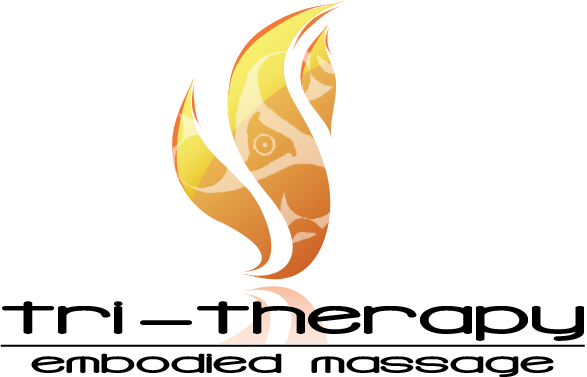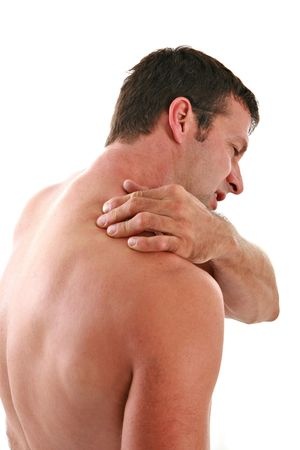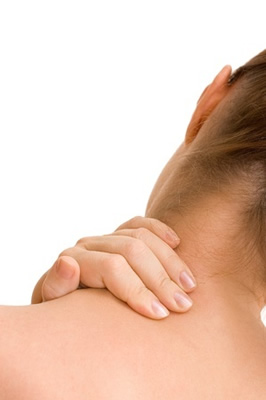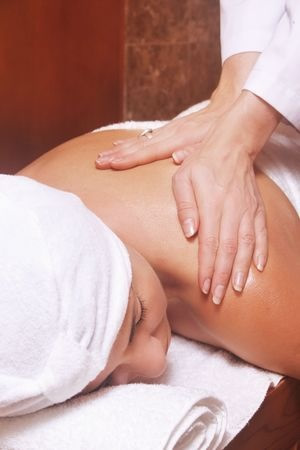Clinical Massage
A Clinical or Medical massage is usually performed for a rehabilitation necessity, which originates from an injury. The concentration of a Clinical massage can vary greatly depending on the severity and the location of the injury itself. A Clinical massage will address the deeper muscles of the body to loosen tense muscles to relieve pain and discomfort, but more importantly to encourage a greater range of motion. Our therapists have an extensive knowledge of the human anatomy and physiology. We in turn, use this wealth of information to increase your range of motion and relieve pain and discomfort by using a wide array of techniques and massages.
We massage and release tense muscles that have been traumatized by either repetitive motion or by an accident and work towards restoring them to a healthy, natural state. A Clinical massage will also help to improve circulation which helps flush the injured muscles of lactic acids that accumulated after the injury. Lactic acid occurs naturally in the body and is a by-product of a muscle trying to heal, it’s occurrence in the muscle is what causes soreness.
Deep Tissue Massage
A Deep tissue massage focuses on the deeper muscles to relieve chronic muscle tension and pain. A deep tissue massage shares many characteristics as other massages, but the most noticeable difference is the massage therapist uses slower movements and applies a greater amount of pressure to the area being massaged. The massage therapist focuses on one particular part of the body at a time, while applying pressure across the grain of the muscles rather than with the grain.
Stressed and tense muscles block the flow of oxygen and nutrients to them. The blockage of nutrients and oxygen combined with the retention of lactic acid leads to inflammation, pain and discomfort. We work the muscle fibers to release any deeply rooted tension. As the muscle relaxes, increased circulation flushes the lactic acid from the tissue and delivers the necessary nutrients and oxygen the muscle needs to remain healthy. It is common to be instructed by your massage therapist after a session to drink plenty of fluids to help flush toxins from your body.
Swedish Massage
A Swedish massage, also known to Europe as the “Classic Massage” is the most popular form of massage therapy. The Swedish massage is usually recommended for your first massage and typically, if you don’t specify a particular kind of massage for your visit, you’ll most likely receive a Swedish massage. A Swedish massage usually consists of five types of movements: Effleurage – is to make long, gliding strokes along the body. The massaging of the muscles helps to increase relaxation, reduce stress and tension. This movement is great for the upper back, shoulders and neck. Petrissage – very similar to kneading dough, this technique helps you to unwind by relieving muscle tension. Kneading and squeezing the muscle helps to rid the muscles from unwanted fluid retention, such as lactic acid and toxins. Tapotement – is a gentle pounding of the body, much like a drumming motion. Vibration – is rhythmic and rapid shaking of the body. This technique is great for relieving muscle tension from the neck and shoulder areas. Friction – is used to manipulate muscle fibers, usually done in circular or perpendicular motions. The use of massage oils is common with a Swedish massage, used primarily to create friction and stretch the muscle fibers.








